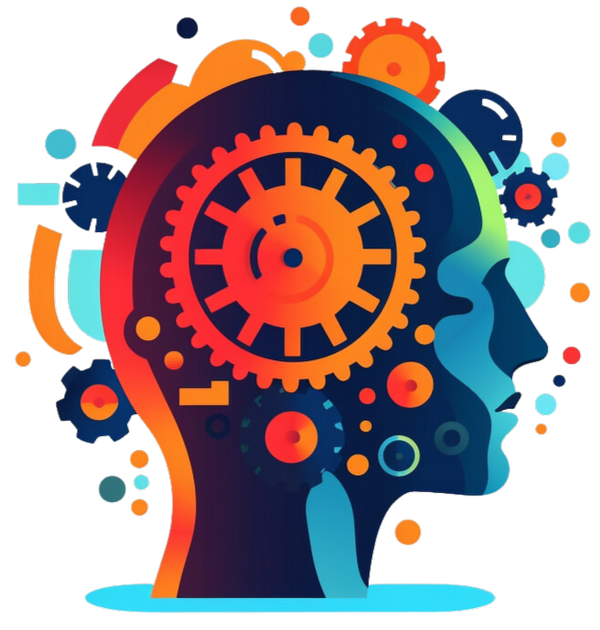
Learn more enjoyable and effectively with ADHD
Share
Children with ADHD are usually enthusiastic and creative learners — but not always in the areas their schools would like. Useful tips and tricks for parents to help them keep up with schoolwork and homework.
A scene from 50 years ago: A left-handed person is consistently slapped on the hand at school because he uses the "wrong hand" to write. He tries hard , but his right-handed scrawls simply don't resemble letters.
Of normal children and abnormal methods
If you were to ask the teachers at that time, you'd probably get the following response: Below-average performance in writing. And anyway, between you and me: "This child is n't quite normal ."
Normal? The word means "according to the rules" or " according to the norm ." The norm was: Writing with the right hand. And: The best way to learn letters is to write a letter 100 times with extreme precision on house paper (no, you learn them best when they're actually used. "A" is for...eel, for example).
But for left-handed people (20-30%), the "controls are reversed." Their strong (left) hand is controlled by the right hemisphere of their brain. And not only that: their right hemisphere is dominant (in right-handed people, the left). They think completely differently . The norm? In this case, a stupid rule, uncritically adopted by lazy teachers. Incidentally, Jimi Hendrix and Albert Einstein were left-handed. Bill Gates still is (and he has ADHD).
ADHD: Also characterized by other information processing
The brains of people with ADHD also function differently. In people with ADHD , for example, less blood sugar is consumed in the frontal parts of the brain, resulting in less blood flow to the brain . The frontal right brain region is less active. Furthermore, genetic mutations have been identified in the neurotransmitter dopamine or the dopamine transporter system (DAT). Children with ADHD are usually right-brain dominant: information and stimuli are processed more intuitively and randomly—and stored in images. ADHD research—including research on learning and learning methods—has also produced the following useful strategies for those affected by ADHD:
Learning methods for ADHD that better support children and build on their strengths
-
Learn in small steps: Break the learning material down with your child into manageable chunks. This makes it easier to process and retain information.
-
Structured learning: Organize your child's daily learning routine and set clear goals together. This will help your child stay focused.
-
Varied learning techniques: Avoid monotony in your child's learning process. Alternate between different learning methods (e.g., learning games) to maintain interest.
-
Practical application: Encourage your child to deepen their learning through practical exercises.
-
Regular breaks: Plan short breaks with your child to refresh their mind.
-
Visual aids: Use diagrams or mind maps to help your child visualize complex information.
-
Positive reinforcement: Reward your child for achieving learning goals to increase motivation.
-
Optimize the learning environment: Create a quiet and completely distraction-free learning environment for your child (preferably away from the window).
-
Interactive learning: Encourage your child to discuss the material with others or work with a friend.
-
Provide feedback: Give your child regular feedback on their learning progress. This will help them better assess themselves.
-
Multisensory learning: Integrate different senses, such as touch, into your child's learning process to better retain information.
-
Time management: Help your child set priorities and create a study schedule. Visual timers are also very helpful for ADHD.
-
Promote self-reflection: Encourage your child to regularly reflect on what they've learned and to recognize connections. People with ADHD often have a very strong "big picture" perspective.
-
Use technology: There are many apps and online tools for ADHD. Explore them with your child to support the learning process.
-
Incorporate exercise: Encourage physical activity in your child. Short walks or light exercise during study breaks can noticeably improve concentration.
Want to know more? Psychologists Stefanie Rietzler and Fabian Grolimund have also compiled some excellent resources.

